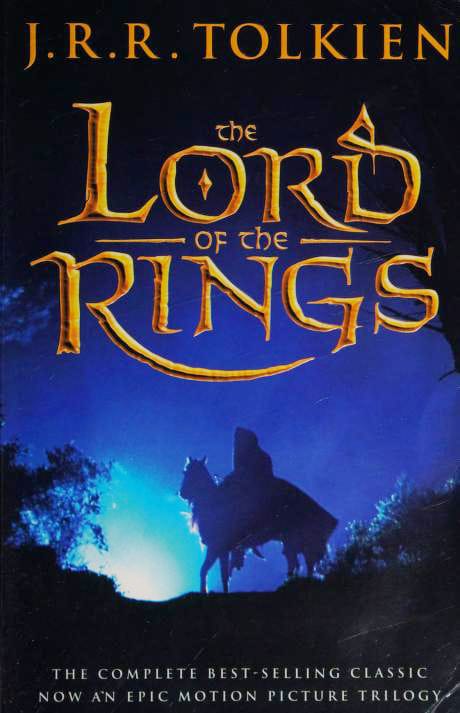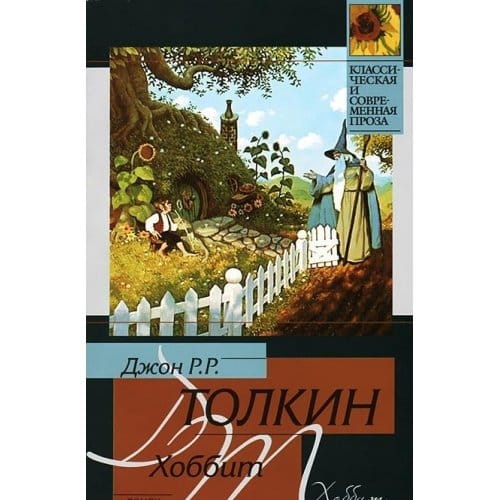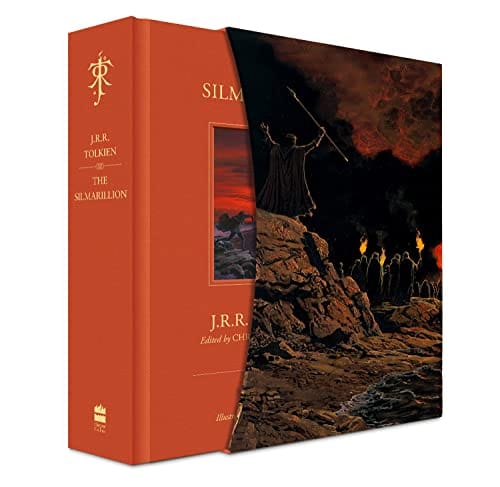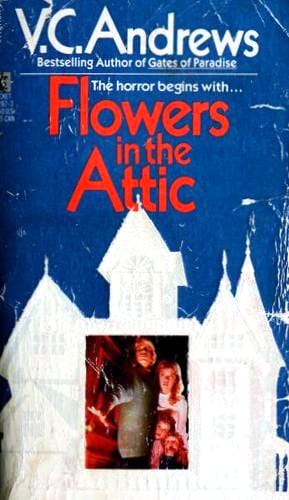The Enduring Magic of 'The Lord of the Rings': A Journey Through Middle-earth
Discover how The Lord of the Rings continues to captivate audiences with its rich world, complex characters, and powerful themes of hope and courage.

Introduction: A Landmark in Fantasy Literature
In 1954 J.R.R. Tolkien opened the gates to Middle-earth with the publication of The Lord of the Rings, an ambitious trilogy that forever changed modern fantasy. More than six decades later the story of Frodo Baggins and the One Ring still sells millions of copies and tops best-of polls worldwide. From its carefully constructed languages to its sweeping themes of friendship, sacrifice and hope, Tolkien’s work delivers an immersive experience that few novels can match. But why does this epic continue to resonate so powerfully with new generations of readers and viewers?
The Creation of Middle-earth
Tolkien was not merely telling a tale; he was building an entire secondary world. Long before The Lord of the Rings reached bookshelves, the Oxford professor had spent years developing Elvish languages, genealogies, maps and creation myths for his legendarium. This depth gives Middle-earth a lived-in authenticity. Every mountain peak has a name in Sindarin, every sword a tale in Quenya, and every race—Elves, Dwarves, Hobbits, and Men—possesses its own culture and history. The sheer detail encourages readers to linger, rewarding close attention with layers of discovery that rival real-world archaeology.
Epic Themes that Transcend Time
While the surface narrative follows a perilous quest to destroy the Dark Lord Sauron’s Ring, the novel’s lasting appeal lies in its universal themes. Courage in the face of overwhelming odds, loyalty among unlikely allies, and the corrupting influence of power are woven throughout. Tolkien, a veteran of World War I, saw firsthand how ordinary people could display extraordinary bravery. His experiences shape the novel’s moral core: evil may be powerful, but even the smallest person can change the future. These ideas feel as relevant in today’s turbulent world as they did in the shadow of twentieth-century conflicts.
Unforgettable Characters
Another reason The Lord of the Rings endures is its rich cast. Hobbits like Frodo, Sam, Merry and Pippin embody humility and resilience, grounding the epic in relatable human emotions. Aragorn represents hidden nobility tempered by self-doubt, while Gandalf serves as a mentor who balances wisdom with genuine affection for the earth’s free peoples. Even antagonists such as Gollum are tragically compelling, reminding us that evil often begins with a single compromised choice. Readers become invested not only in the fate of Middle-earth but also in the personal growth of these multifaceted characters.
From Page to Screen: Peter Jackson’s Adaptations
For many twenty-first-century fans, their gateway into Tolkien’s universe was Peter Jackson’s film trilogy released between 2001 and 2003. Shot in the dramatic landscapes of New Zealand, the movies combined groundbreaking visual effects with a heartfelt respect for the source material. They earned a combined 17 Academy Awards and introduced iconic performances by actors such as Elijah Wood, Ian McKellen and Viggo Mortensen. While purists may debate omitted scenes or adjusted timelines, the films revitalized global interest in the books and set new standards for fantasy cinema.
Cultural Impact Beyond Literature
The influence of The Lord of the Rings extends far past bookstores and theaters. Role-playing games like Dungeons & Dragons drew heavily on Tolkien’s archetypes of wizards, rangers and orcs. Modern fantasy authors—from George R.R. Martin to Patrick Rothfuss—either build upon or deliberately subvert Tolkienian tropes. Academic courses analyze the work’s linguistic invention, ecological philosophy and mythological roots. Meanwhile tourism in New Zealand continues to boom as fans seek the real-world Shire, Rivendell and Mordor. Few fictional worlds have generated such a diverse and sustained cultural footprint.
Key Lessons for Readers and Viewers
Whether you are cracking open the books for the first time or rewatching the extended editions, engaging with The Lord of the Rings rewards patience and curiosity. Take time to read the appendices; they illuminate events that occur off-page. Listen for leitmotifs in Howard Shore’s score, each linked to a culture or idea. Pay attention to discarded power—Galadriel rejecting the Ring, Faramir refusing temptation—for these moments anchor the larger battle between hope and despair. Finally, share the journey with friends; Tolkien believed stories were meant to be told around a communal fire.
Conclusion: Why Tolkien’s Epic Still Matters
At its heart The Lord of the Rings is a meditation on the cost of stewardship. From the Shire to the fires of Mount Doom, characters learn that saving what you love often requires letting go of comfort, pride or even memory. That message resonates in an age grappling with environmental crises and social division. Tolkien’s seamless blend of myth, language and moral inquiry ensures that his masterpiece will outlive publishing trends and box-office charts. As long as readers seek tales of courage and fellowship, the road through Middle-earth will continue to go ever on and on.



